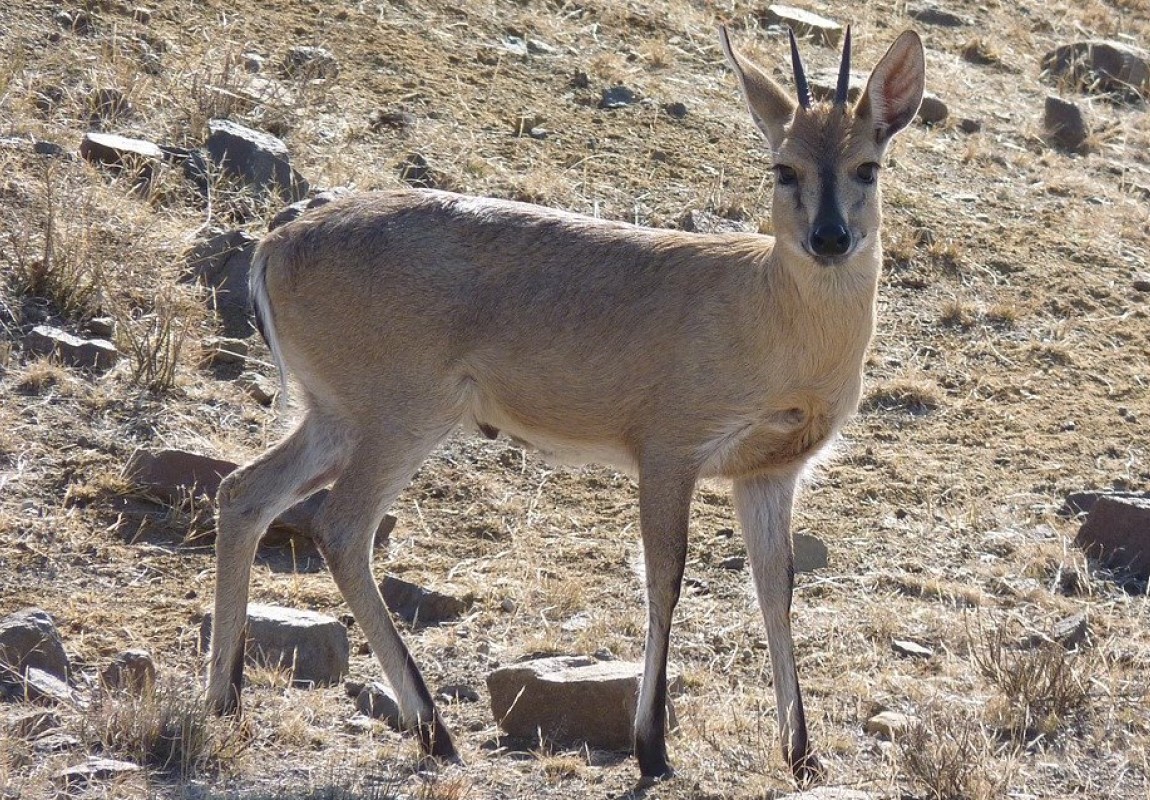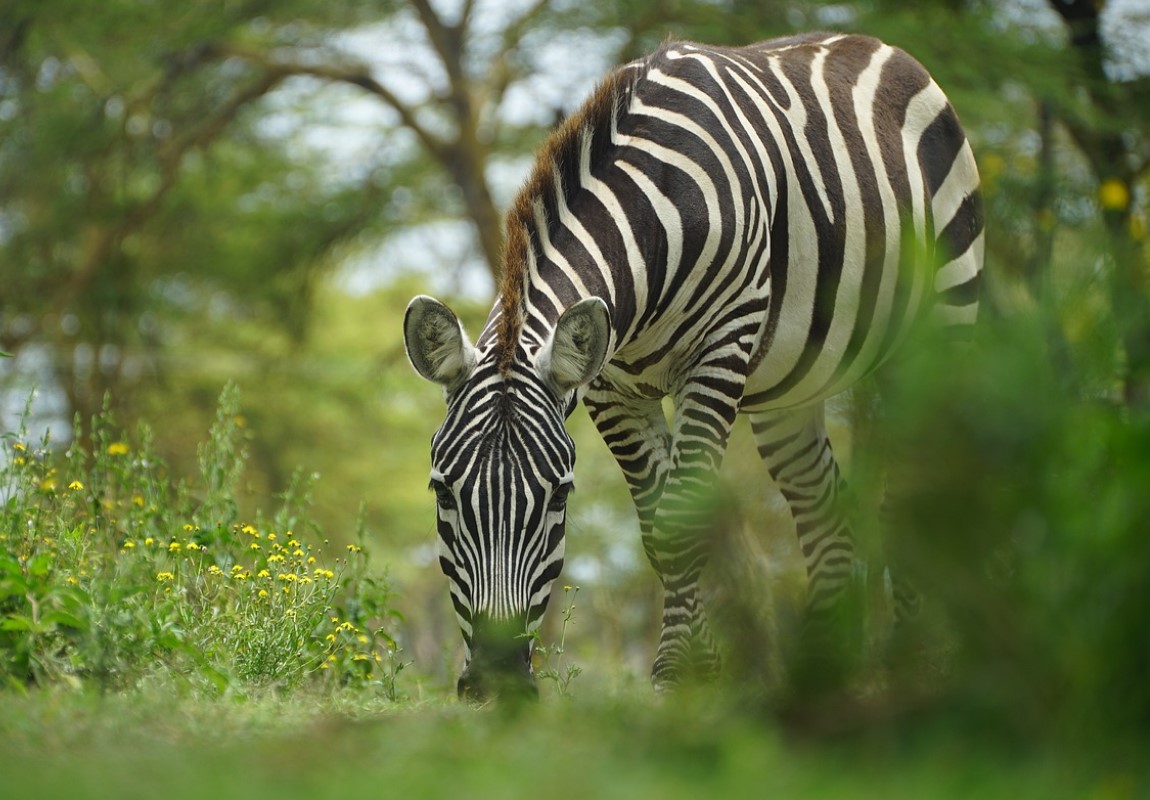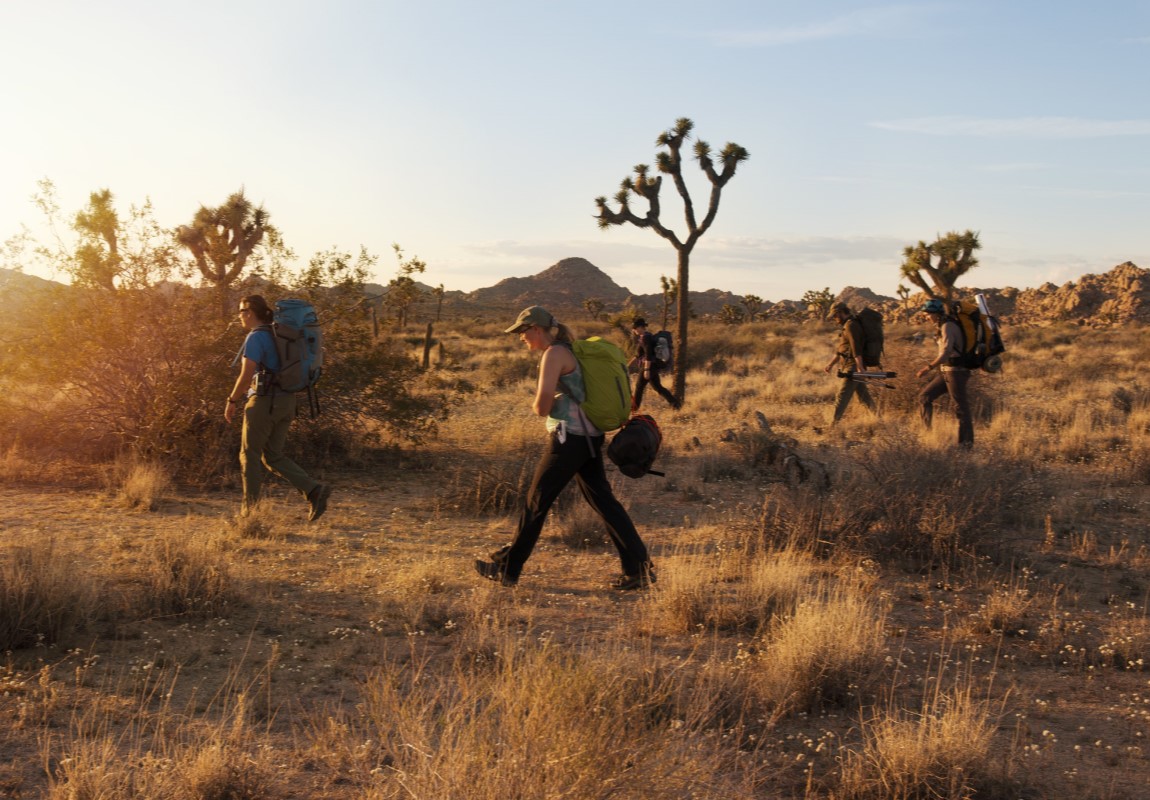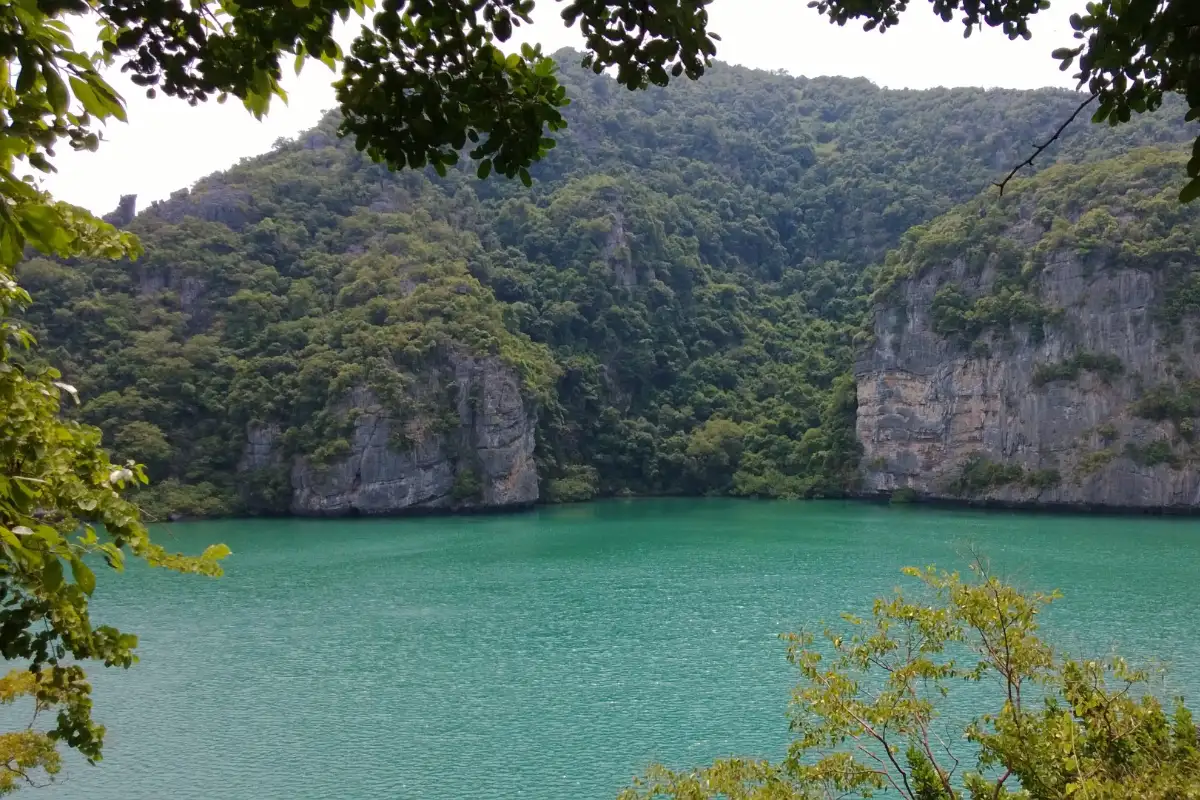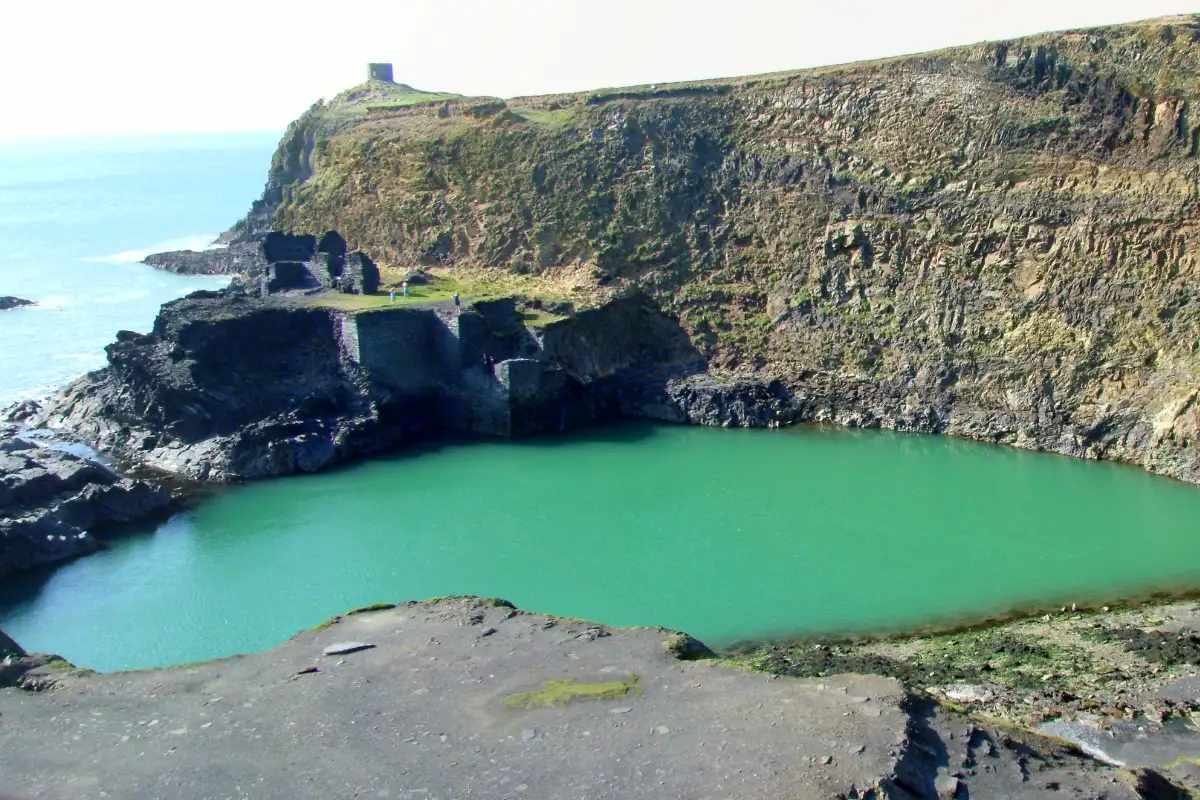Overview – Blue Lagoon National Park
Blue Lagoon National Park is a limited wildlife shelter in the northern part of the Kafue Flats in Zambia's Central Province. This Park is an undiscovered gem. The immense fields are staggering in the dry season and transform totally from a dry grass flatland to a watery wonderland in the wet season, as the flats load up with water and the migratory birds show up from all over. This park is a birdwatcher's dream. The abundance and assortment are astounding and the fact that it has not been opened up until recently and is still undeveloped makes it one of those last untouched places left in Africa. The park is undeveloped and only limited, self-catering chalets are available.
-
Wildlife4 animals
-
High SeasonNever Busy
-
Best Time to GoNovember to April
Pros & Cons
- Off-the-beaten-track destination
- Very close to Lusaka
- Unguided walking is allowed
- Amazing place for Bird lovers
- Home to big herds of the endemic Kafue lechwe
- Limited wilderness appeal
- Few options for accommodation
Blue Lagoon National Park Map in Africa
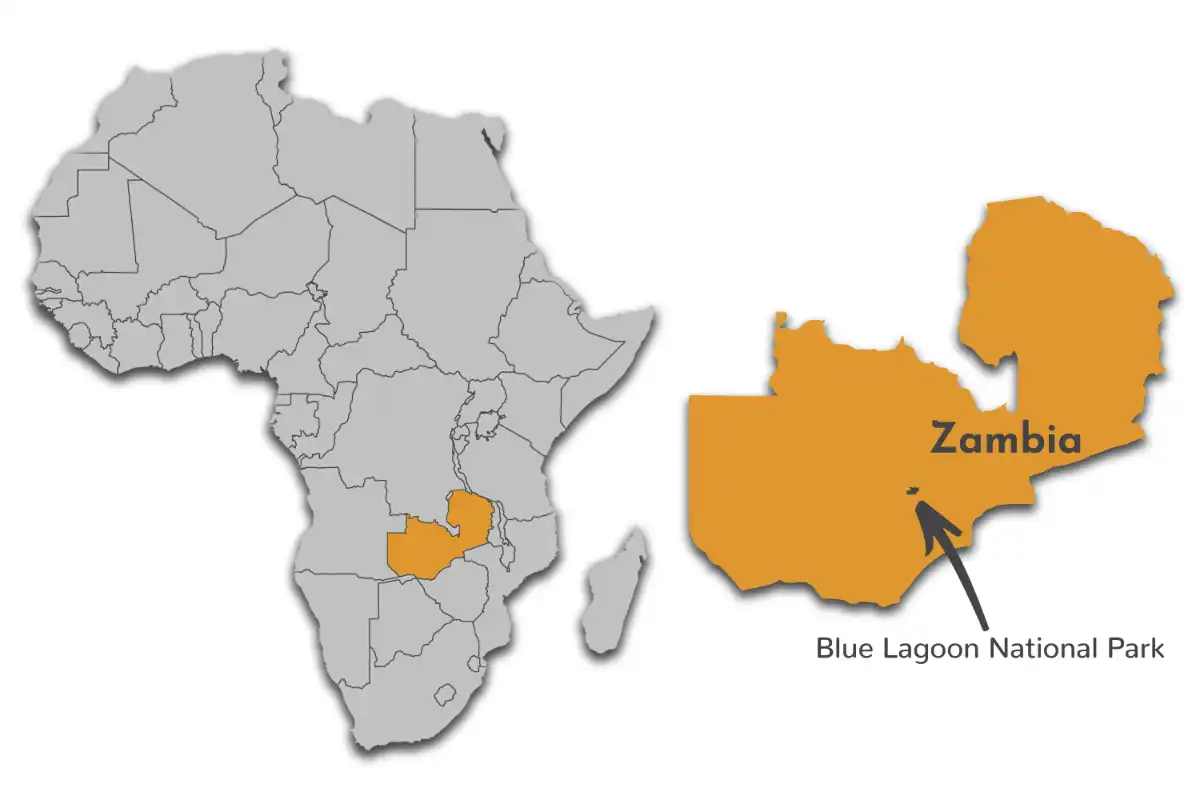
Blue Lagoon National Park Safari Reviews
Want to Visit Blue Lagoon National Park?
Wildlife & Animals – Blue Lagoon National Park
Blue Lagoon lies just 120kms west of Lusaka on the Kafue Flats and the huge floodplain draws in a large number of Kafue lechwe, zebra, sitatunga, some buffalo and various water birds. A surprising site on the plains is the site of huge river pythons which are drawn in by the convergence of the lechwe.
Wildlife Highlights
This park, alongside the Lochinvar National Park on the opposite side of the Kafue Flats together, holds the largest convergences of the Kafue Lechwe and herds numbering in the hundreds can be seen here. The Lechwe is the most water-cherishing antelope. It loves these environments of floodplains and occasionally immersed meadows. It often feeds in shallow water and will submerge if threatened. In spite of the fact that lechwe runs in groups of around 30, a few thousand might assemble on the floodplains.
Best Time for Wildlife Viewing
The best time to visit Blue Lagoon National Park is during the wet season from November to April. At this time, the 5km/3mi causeway will arrive the well onto the water, and seeing the birds and lechwe is tremendous from this vantage point.
Want to Visit Blue Lagoon National Park?
Birds – Blue Lagoon National Park
Blue Lagoon National Park is an incredible birding destination, with 400 species recorded so far and over 40 of them as wetland endemics. Species found here range as indicated by climate conditions while normal sorts include the pelican, squacco heron, cattle and black egret, the Egyptian goose, open bill stork, white-faced whistling duck and the blacksmith plover. The termitaria too are home to interesting species, for instance, the red-capped lark, sparrow lark, quail frinch among others. Swamp species are the swamp warbler and the fly catcher.
Notable Birds in Blue Lagoon National Park
Best Time for Bird Watching
The best time to visit Blue Lagoon National Park is during the wet season from November to April. At this time, the 5km/3mi causeway will arrive well onto the water, and seeing the birds and lechwe is tremendous from this vantage point. Blue Lagoon is mainly a birding destination, and November to April is the best time for birding as It is also the time when migratory birds are available and a lot of birds can be seen in breeding plumage.
Want to Visit Blue Lagoon National Park?
Best Time to Visit – Blue Lagoon National Park
The best time to visit Blue Lagoon National Park is during the wet season from November to April. At this time, the 5km/3mi causeway will arrive at the well onto the water, and seeing the birds and lechwe is tremendous from this vantage point. Blue Lagoon is mainly a birding destination, and November to April is the best time for birding as It is also the time when migratory birds are available and a lot of birds can be seen in breeding plumage.
-
Best Time
November to April
-
High Season
Never Busy
-
Low Season
Never Busy
-
Best Weather
April to August
-
Worst Weather
October to March
April to October (Dry Season)
- It is sunny, and there is little rain
- Fewer mosquitoes and less chance of catching malaria
- Limited wildllife viewing option
- The sky is hazy with a lot of dust in the air
- The weather is extremely hot in October
April to October (Wet Season)
- Birding is best as migratory birds are present
- The scenery is beautiful and at its most lush
- Better time for wildlife viewing
- Rain can interfere with planned activities
- Roads become impassable and difficult to drive from January to April
- Extreme Hot and Humid climate

